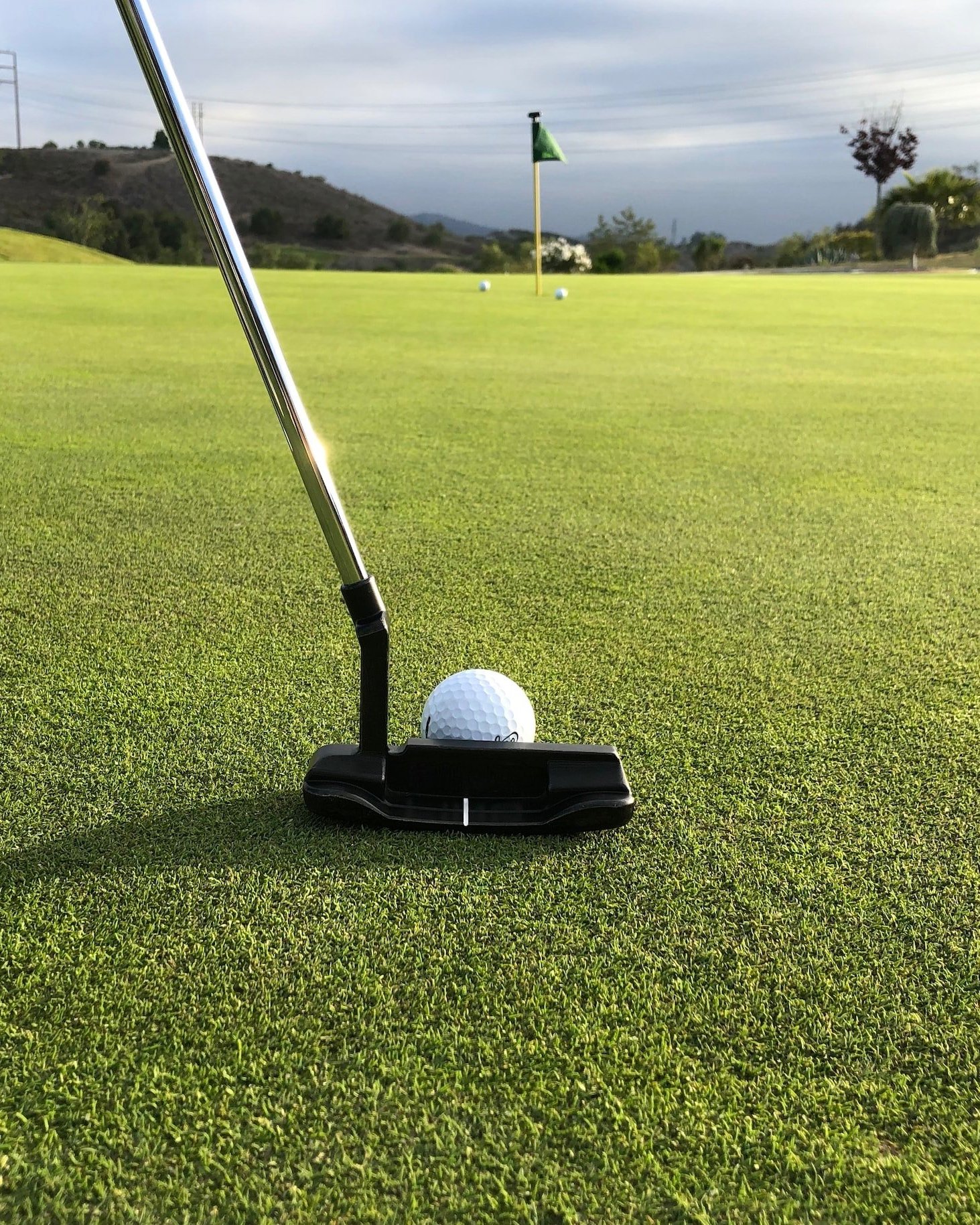Green Reading Basics
Reading greens is a crucial part of the game of golf, as it can mean the difference between making a putt or leaving it short. The ability to read greens is not something that comes naturally to everyone, but it is a skill that can be learned and perfected with practice. Here are some tips on how to read greens in golf:
Look at the slope of the green: The slope of the green is one of the most important factors to consider when reading greens. Look at the way the grass is growing and the way the green is contoured, as this will give you an idea of the direction and amount of break.
Observe the grain of the grass: The direction in which the blades of grass are growing can also affect the way a ball will roll on the green. If the grass is growing towards you, the ball will tend to break towards the opposite direction. If the grass is growing away from you, the ball will tend to break towards the same direction as the grain.
Check the weather conditions: Weather conditions such as wind, humidity and temperature can also affect the way a ball rolls on the green. A gust of wind can cause the ball to move in the opposite direction and a dry green will be faster than a wet one.
Take note of the speed of the green: The speed of the green can also affect the way a ball rolls. A slower green will require more force to make the ball roll a certain distance, while a faster green will require less force.
Practice and pay attention: The more you practice reading greens and pay attention to the way the ball is rolling, the better you will become at it. Take note of the conditions and the way the ball is rolling and use that information to make better putts in the future.
Reading greens is a skill that requires practice and patience. It's not something that you will master overnight, but by following these tips and paying attention to the details, you will be able to improve your ability to read greens and ultimately lower your scores.
